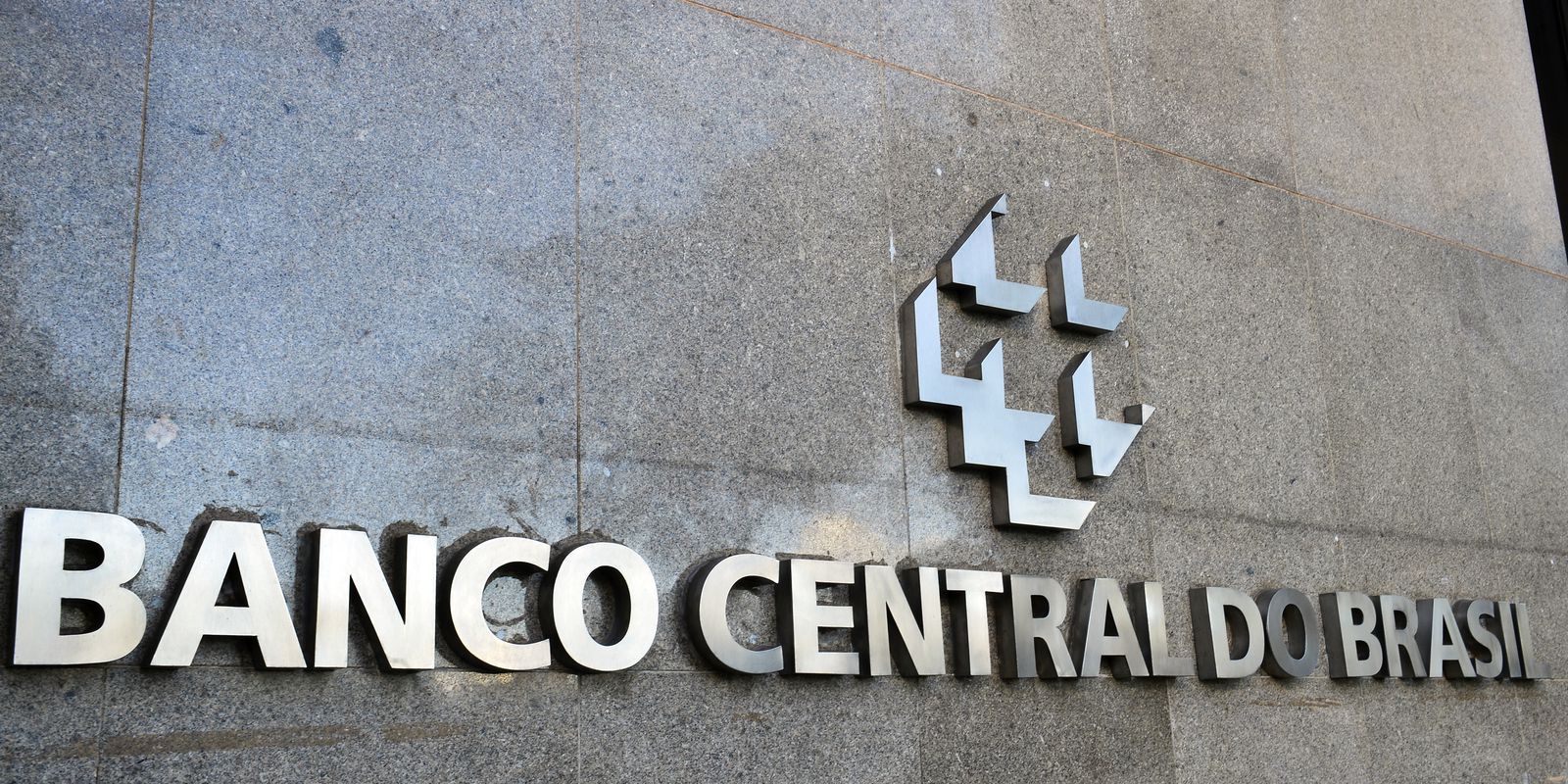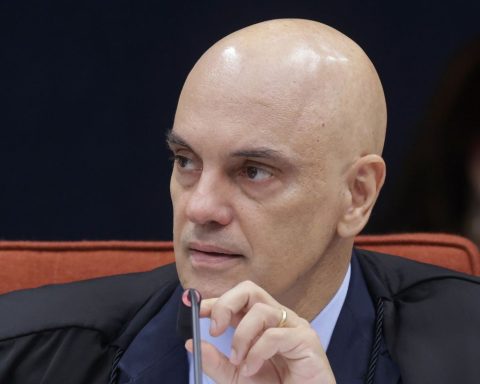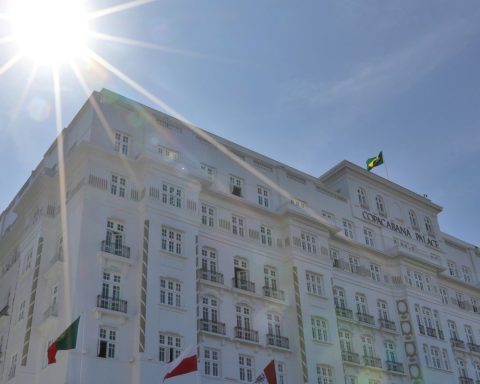The Monetary Policy Committee (Copom) of the Central Bank (BC) reinforced the possibility of raising the Selic rate, the economy’s basic interest rate, if the disinflation process does not go as expected. The institution says it “remains vigilant”, evaluating whether the strategy of maintaining the rate for a prolonged period will be able to ensure the convergence of inflation.
“The Committee reinforces that it will persevere until not only the disinflation process is consolidated, but also the anchoring of expectations around its targets, which showed further deterioration, especially in longer terms”, says the minutes of the last Copom meeting , released this Tuesday (28).
The meeting took place last week and, on the occasion, the collegiate kept the Selic at 13.75% for the fifth consecutive time. The rate has been at 13.75% since August last year, the highest level since January 2017, when it was also at this level.
Previously, the Copom raised the Selic rate 12 times in a row, in a cycle that began amid rising food, energy and fuel prices. The basic interest rate is the Central Bank’s main instrument to keep inflation under control and, once again, the committee said it will not hesitate to resume the cycle of monetary tightening.
On the other hand, the high Selic rate leads to a slowdown in the economy and a reduction in investments and, therefore, the BC’s decision has been criticized by the federal government.
tax policy
The Copom minutes mention uncertainties regarding the future tax framework under development by the Ministry of Finance, but praises the recent partial reenactment of gasoline and ethanol. “The committee assesses that the commitment to implementing the fiscal package demonstrated by the Ministry of Finance, and already identified in fiscal statistics and fuel recharging, mitigates fiscal stimuli on demand, reducing the risk of high inflation in the short term. ”, says the document.
The BC points out that there is no mechanical relationship between inflation convergence and the presentation of the fiscal framework, as the former reacts to inflation expectations, public debt projections and asset prices. Even so, according to the Copom, harmony between monetary and fiscal policy reduces market distortions, reduces uncertainty, facilitates the disinflation process and encourages full employment over time.
“The committee points out that the materialization of a scenario with a solid and credible fiscal framework can lead to a more benign disinflationary process through its effect on the expectations channel, by reducing inflation expectations, uncertainty in the economy and the risk premium associated with domestic assets,” says the document. “In this regard, the committee reinforces the importance of granting credit, public and private, to maintain competitive rates and sensitive to the basic interest rate”, he adds.
For the agency, the basic scenario for inflation involves risk factors in both directions. Among the upside risks, in addition to the high uncertainty about the future of the country’s fiscal framework and its impacts on the public debt, is a greater persistence of global inflationary pressures and a greater, or more lasting, discouragement of inflation expectations for longer terms. long.
Among the downside risks, the Copom highlights an additional drop in international commodity prices (primary products) in local currency, a more pronounced deceleration in global economic activity than projected, and a greater-than-compatible deceleration in domestic lending with the current stage of the monetary policy cycle.
economic scenario
The Copom informed that the international environment deteriorated since the last meeting of the body, in February, with banks in the United States and Europe in trouble and with persistent inflation in most countries. “Monetary policy in central economies continues to advance on a contractionary path. The external environment remains marked by the prospect of global growth below potential”, says the minutes.
In the domestic economy, the economic slowdown continues, as expected, and inflation expectations remain above the target ceiling. An additional tightening can also be observed in the conditions for granting credit in some modalities.
“After a period of strong recovery in the last two years, a process of slowdown in growth in the durable goods sector began, which had been particularly boosted in the pandemic, and which is more sensitive to interest rate policy. The slowdown spread to the non-durable goods sector and, later, to the services sector, albeit more mildly. The Copom continues to assess that the current economic slowdown is necessary to ensure the convergence of inflation to its targets, particularly after a prolonged period of above-target inflation”, says the minutes.
Projections
Defined by the National Monetary Council (CMN), the inflation target is 3.25% for this year, with a tolerance interval of 1.5 percentage points up or down. That is, the lower limit is 1.75% and the upper limit is 4.75%.
The Copom inflation projections are 5.8% for 2023 and 3.6% for 2024. The projections for administered price inflation are 10.2% for 2023 and 5.3% for 2024. quarters ahead, referring to the third quarter of 2024, the projection of accumulated inflation in 12 months stands at 3.8%.
The Copom also adopted a “yellow” tariff flag hypothesis in December 2023 and 2024, in addition to the exchange rate starting at R$5.25 and the oil price following the upward curve for the next six months and increasing 2% per year posteriorly.
The BC’s projection for the 2024 inflation is also above the center of the predicted target – 3%, but still within the tolerance range of 1.5 percentage points.
The committee assesses that the dynamics of disinflation follows in two distinct stages, the first, already ended, with a higher speed of disinflation and the second, with a slower speed. “Such a process demands serenity and patience in conducting monetary policy to ensure the convergence of inflation to its targets”, argued the Central Bank.
Additionally, according to the Copom, the behavior of expectations is a fundamental aspect of the inflationary process, as it affects the definition of current and future prices and wages. “As higher inflation is projected ahead, companies and workers start to incorporate such future inflation into their price and salary readjustments. Thus, there is a greater rise in prices in the current period, and the inflationary process is fueled by these expectations.”














